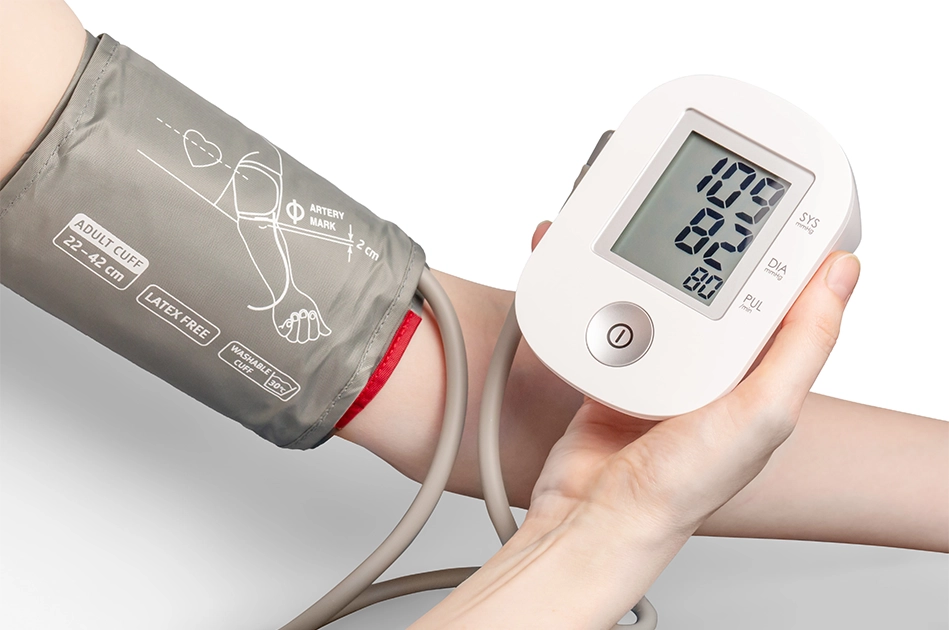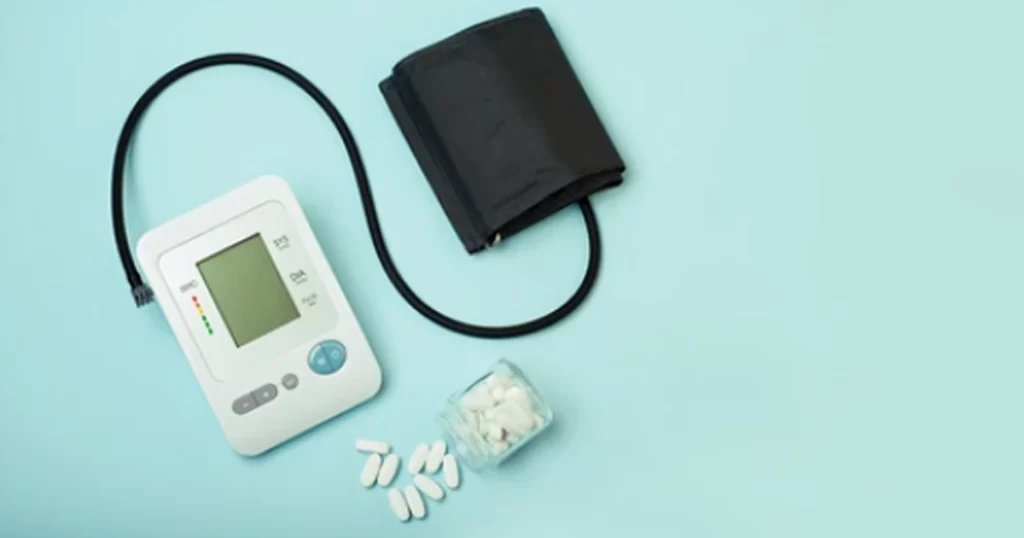Antihypertensive Drugs Classification With Examples is a time-consuming effort that needs explanation, but here is a short classification with examples.
Beta Blockers
Block the effect of beta-adrenergic substances such as adrenaline (epinephrine), which play a key role in the sympathetic portion of the involuntary nervous system. By blocking the action of the sympathetic nervous system in the heart, they slow the heartbeat and relieve stress on the heart.
β-1 Selective:
Some of the beta-1 selective blockers are;
Metaprolol, Atenolol, Acebutalol, Bismolol, Bataxolol, Esmolol
Non-selective (β -1, β-2):
It has further three classes, some of the drugs from each class are;
Without Intrinsic Sympathomimetic Activity:
Proponolol, Sotalol, Timolol
With Intrinsic Sympathomimetic Activity:
Pindolol
With α-blocking agonist:
Carvedilol, Labetalol
Alpha Blockers
Alpha-blockers are medications that block the action of the hormone adrenaline at its receptors, leading to the relaxation of the blood vessels and a decrease in blood pressure.
α-1 blockers (mostly used)
Doxazosin, Prazosin, Terazosin, Alfuzosin, Silodosin, Tamsulosin
α-2 blockers
Clonidine, Guanfacine, Methyldopa
Angiotensin Converting Enzymes Inhibitors (ACE Inhibitors)
(ACE inhibitors) are drugs that block the body’s production of angiotensin II. Angiotensin II is a hormone that circulates in the blood and has many effects on the cardiovascular system; its main role is to constrict blood vessels and elevation of blood pressure ensues.
Some of these ACE inhibitors are;
Benapril, Captopril, Enalapril, Foxinopril, Moexipril, Quinapril, Ramipril
Angiotensin Receptor Blockers (ARBs)
ARBs are medications that block the action of the hormone angiotensin II at its receptors in the body, leading to the relaxation of the blood vessels and lower blood pressure.
Some of Angiotensin Receptor Blockers are;
Candesartan, Ibersartan, Losartan, Temisartan, Valsartan
Diuretics
A diuretic is a type of medication that increases the production of urine by the kidneys. This leads to an increase in the elimination of water and electrolytes, such as sodium and potassium, from the body, this, in turn, reduces blood pressure.
They are further categorized into three classes, given with examples;
Thiazides:
Hydrochlorothiazoide, Indapamide, Chlorthalidone
Loop Diuretics:
Forsemide (Lasix), Torsemide, Bumetamide
Potassium-sparing diuretics:
Spinorolectone, Epleronone
Calcium Channel blockers (CCBs)
Calcium channel blockers (CCBs) are medications that block the entry of calcium ions into smooth muscle cells, leading to the relaxation of the blood vessels and a decrease in blood pressure.
Some of these drugs are;
Amlodipine, Nimidifine, Nifidifine (Adaalat CC), Verapamil, Nisoldipine.Nicardipine
Direct Arterial Vasodilators
Medications that directly relax the smooth muscle cells in the walls of the blood vessels, leading to vasodilation and a decrease in blood pressure. They work by inhibiting the contraction of smooth muscle cells in the blood vessels, resulting in the relaxation of the blood vessels and an increase in blood flow.
Some of these drugs are;
Hydralazine, Monoxidil, Nitrates (Nitroglycerin), Nitroprusside
Anti-platelet agents
Work by inhibiting platelet aggregation, which can help to prevent the formation of blood clots and lower the risk of heart attack and stroke. While they are not primarily used to treat hypertension, they may be used in combination with other medications to lower blood pressure and reduce the risk of cardiovascular events in people with hypertension who are at high risk.
They are; Aspirin, Clopidogril
Drugs used in hypertensive emergency
A hypertensive emergency is a condition in which the blood pressure is severely elevated and requires immediate treatment to prevent potentially life-threatening complications such as stroke, heart attack, and organ damage.
There are several medications that may be used to treat hypertensive emergencies, including:
- Sodium nitroprusside: a potent vasodilator that relaxes the blood vessels and lowers blood pressure
- Intravenous labetalol: a beta blocker that blocks the action of the hormone adrenaline and lowers blood pressure
- Diazoxide: a medication that relaxes the smooth muscle in the walls of the blood vessels and lowers blood pressure
- Trimethaphan camsylate: a medication that blocks the action of the neurotransmitter acetylcholine, leading to relaxation of the blood vessels and a decrease in blood pressure
- Hydralazine: a direct arterial vasodilator that relaxes the smooth muscle in the walls of the blood vessels and lowers blood pressure
- Nitroglycerin: a medication that dilates the blood vessels and lowers blood pressure
- Phentolamine: a medication that blocks the action of the hormone adrenaline and lowers blood pressure

Note
Some studies have suggested that garlic, ginger, parsley, and coriander may have potential cardiovascular benefits, and treatment of hypertension.
More research is needed to fully understand their mechanisms of action and the potential clinical uses of these compounds.




